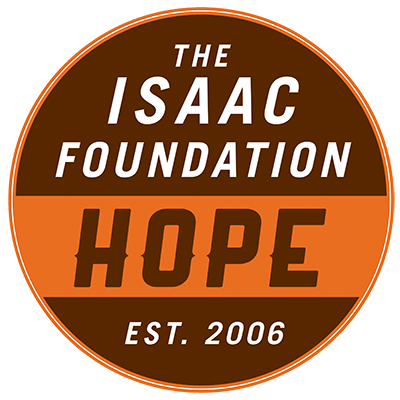Trey’s IQ qualified him to move into further qualifying assessments for the IT trial, that puts a concentrated form of the enzyme his body is missing, directly into the brain.
Details: To qualify completely for the trial, Trey needs a lumbar puncture (LP) to test his intracranial pressure to determine if he has hydrocephalus or not. If his pressure is above 30 mm of water/Hg (mercury), he will be excluded. If his pressure is below, within a day of his LP results, Trey will be randomized to drug or no drug. If he randomizes to drug, within two monthes, Trey will be placed with an intrathecal port. Approximately two weeks later he will receive his first infusion (IT infusions are monthly, unlike his weekly Elaprase infusions). For nine monthes, we will travel to UNC for 10 days a month to participate in the trial. After that time, Trey can begin IT infusions at BC Children’s hospital.
If he randomizes to no drug, he goes home and comes back 6 monthes later to re-do the LP. If his pressure is okay, he gets his port placed and begins treatment. If his pressure is not, he is excluded.
More details: There is a new site for the trial, in the UK, so UNC and the UK will be splitting slots. The UK will get the next kid, then UNC, then UK, alternating between sites. There are a lot of specifics that need to be worked out between the two sites, so further testing (ie. LP and other tests under General anasthesia) for Trey to enrol him in the trial, at this point, is up in the air. In addition, I’m not sure how many kids are in front of Trey to get drug.
So, there are many many factors that will influence when and if Trey gets this lifesaving drug. The first cohort of the trial, who received 10mg of drug, is full. The last boy in this cohort needs to receive 3 infusions (his first infusion was January 3), before anything proceeds. At the end of March there will be a safety assessment meeting to determine if the drug so far is safe. Assuming they recommend positively, the first child in the second cohort (30mg dose) will be implanted with the port and begin treatments 2 weeks later.
This child needs to receive 2 infusions of the new 30mg dose, then there will be another safety assessment, and then the second child in the cohort can be placed with a device. And so forth.
If Trey qualifies for his LP, he will be part of the second cohort (30mg). However, too many factors will determine when that begins. Scheduling with the hospital, safety assessment meetings, whether the kids in front of him qualify and randomize to drug or no drug, and then whether or not Trey randomizes to drug or no drug. So that’s the practical info.
This drug also looks like it’s working. Dr. Muenzer said this trial is solely to determine if the drug is safe. Extras are icing on the cake. Meningitis was the biggest fear going into this trial. However, so far all the kids have remained healthy, and there is more exciting info as well. One child’s IQ went up 16 points after 6 monthes drug. One potty trained after his first infusion. One child’s hearing was restored. The kids are having different responses to the drug (probably because all the kids are different and are affected differently by the disease and in different stages of the disease and are different ages… who knows why they’re responding differently), so not all their IQ’s have gone up the same amount and not all have stopped wearing hearing aids etc., but I’m holding onto cautious (very excited cautious) optimism. Dr. Muenzer even said he’s got more info he’s excited about but can’t yet share.
Emotions: Lots.

